L1-3 intro multi-agent sys + agent-based modeling, ABMs in cognitive + computational social science
1/36
Earn XP
Description and Tags
Module 1. Introduction to Multi- Agent Systems • Module 2. Intro to Agent-Based Modeling • Module 3. On Using ABMs in Cognitive and Computational Social Science
Name | Mastery | Learn | Test | Matching | Spaced |
|---|
No study sessions yet.
37 Terms
What is an agent?
An entity that has perception-action capabilities
It can sense its environment and act in it
ex. humans, animals, robots, kinds of software
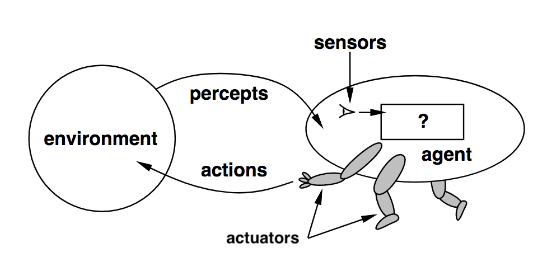
What are multi-agent systems?
A systems or group of (potentially) interacting agents
in some environment that they can sense and act in
can communicate and solve problems together
Can form the bases for distributed AI systems
We also model multi-agent systems that exist in nature to try to understand how they work (ants, birds, economies, etc.)
Whole (system) is greater than the sum of the parts (agents)
What are examples of multi-agent systems?
insect colonies
humans
organizations
video games
economies
autonomous vehicles
What are 6 characteristics of multi-agent systems?
agent design
environment
perception
control
knowledge
communication
What is environment in MAS?
static vs dynamic
MAS often dynamic (especially with learning + interactions)
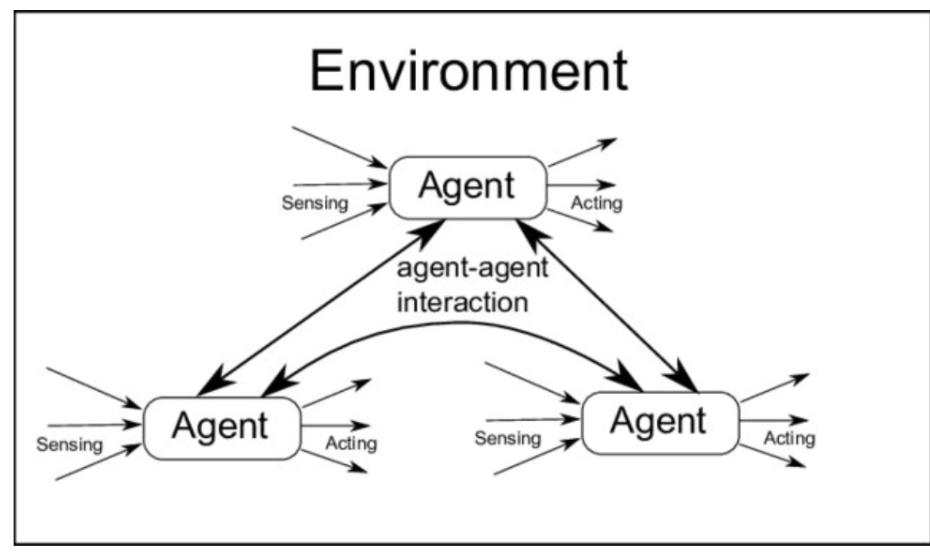
What is perception in MAS?
Information is distributed in environment
Spatially, temporally, semantically
Partial observability
Makes action planning challenging
What is control in MAS?
Decentralized (emergent, self-organized)
Robust
Hard to divide decision-making
Game theory and coordination
Different control architectures and rules are possible
What is knowledge in MAS?
Levels of knowledge may differ between agents
Common or shared knowledge structures are important
Knowing what other agents know
Shared mental models, situation awareness, transactional memory systems
What is communication in MAS?
Two-way sender receivers
Needed for coordination and negotiation
Protocols for heterogeneous agents
What are applications of MAS?
E-commerce, trading, auctions
Robotics
Computer games
Social and cognitive science
Internet
Human-machine teaming
What are challenges of MAS?
How can we understand and solve problems with multi-agent systems?
How can agents maintain a shared understanding of their environment?
How can we design agents that coordinate and resolve conflicts?
What kind of learning mechanisms are there for agents?
How can agents of different types interact effectively?
What is a model?
An abstracted description of a process, object, or event
Not a perfect representation
Often wrong in many ways, but still useful
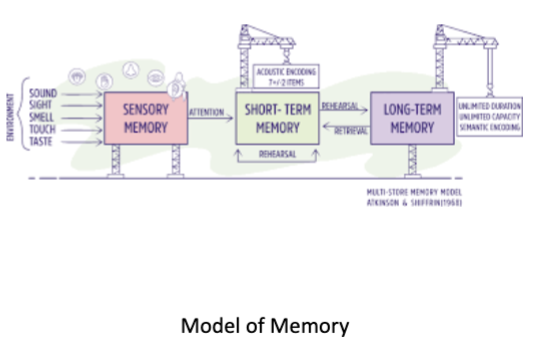
What is a simulation?
Evolution of a model over time
Often computer based
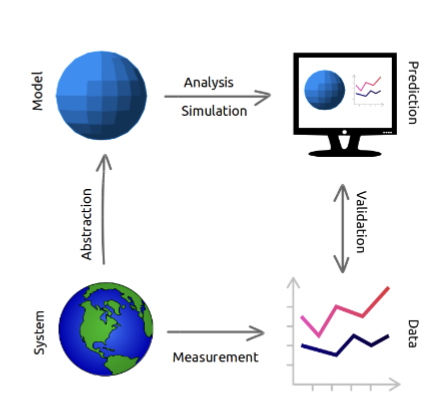
What is agent-based modeling?
Agent: Autonomous individual elements with properties and actions in computer simulation
ABM: World can be modeled using agents, environment, and description of agent-agent and agent-environment interactions
What are equation-based models?
Equation-based models have closed form solutions:
Continuous
No local details
Top-down versus bottom-up (ABM)
Can be converted to ABM to complement EDMs
What are lab experiments?
Lab experiments can generate theory
Lab experiments are rarely scaled up
ABM can be created for lab experiments
Generate new hypotheses
Determine sensitivity of results
Can compare generative principles from ABM with lab experiments
What are Limitations and Resistance for ABMS?
High computational cost
Many free parameters
Requires detailed individual-level behavioral knowledge
Resistance
Centralized control mechanisms
Lack of education about complex systems
Expectations of ‘causal’ explanations
Why would you create an agent-based model?
ABM can provide a description of a real-world (or artificial system)
Simplified version → Make the model as simple as possible but not simpler
Can explain the potential underlying phenomenon that control a system
Proof of concept of emergence (rules governing certain behavior)
Can run repeated experiments varying conditions and parameters and observe changes
Help us understand other systems with similar patterns of behavior (fish, birds, drones)
What are Netlogo Model properties?
Agents and patches can all have properties that we can inspect
We can change those properties over iterations (ticks)
We can set up conditional model behavior based on these
What are the 4 things considered an agent?
turtles
patches
links
observer
What are the two key procedures required by Netlogo models?
to setup
to go
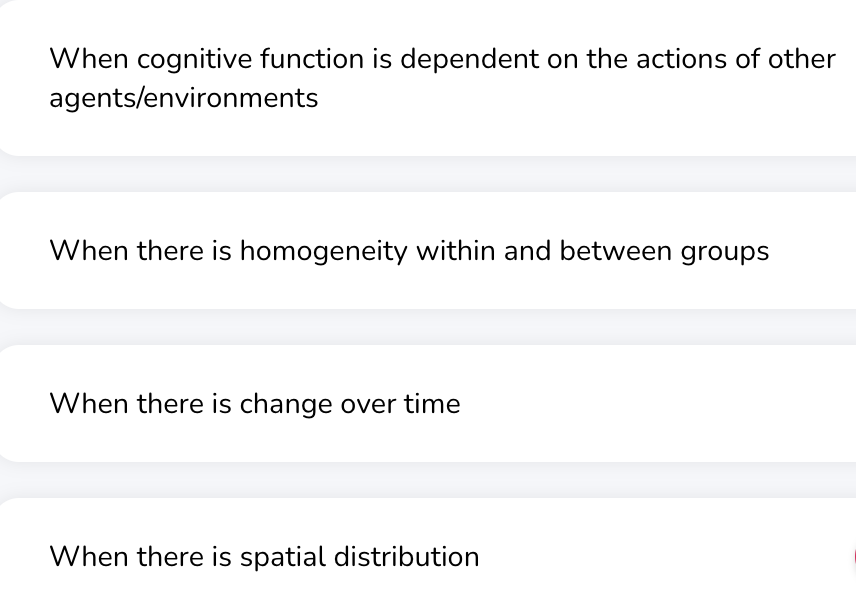
Which of the following is NOT an example of when ABM is a useful methodological tool for cog sci?
When there is homogeneity within and between groups
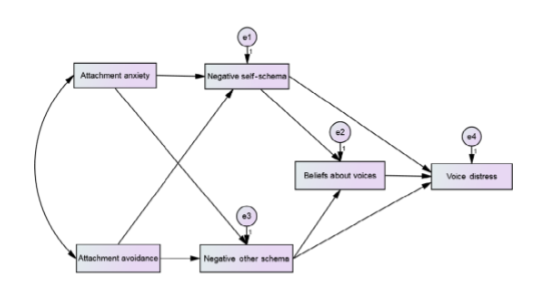
What are cognitive methods and models?
often developed based on cognition in isolation
lab experiments, surveys
analytic models
Describe how human cognition occurs in iteractions
others influence our attention, learning, decision making…
social environments are dynamic
interaction can create hard-to-predict feedback loops
do individual cognitive models “scale“?
What is the methodological challenge of cognitive phenomena?
External actions may directly influence cognitive components and the behavior of cognitive entities is not trivially scaled to a population
What are 3 advantages of ABMS for CogSci?
explore what happens when multiple cognitive entities interact over time and space
can calibrate (parameterize) and validate (test predictions) cognitive models in complex systems
encourage model development
When is an ABM a useful methodological tool?
when cognitive function is dependent on the actions of other agents/environments
contingent behaviors (where feedback influences future states)
ex. voting behavior that has micro (individual) and macro outcomes
when there is heterogeneity within and between groups
defining groups and setting properties/parameters
ex. financial market with regulators and investors
can be exogenous (starting with different params) vs endogenous (start with same params but diverge over time)
when time is a factor (change over time)
emergence of group dynamics
when there is spatial distribution
ex. navigation, search, foraging…
What are the uses of ABMs in CogSci?
in CogSci we want to understand how humans acquire knowledge, make decisions, and solve real-world problems
calibration: provides parameterization
compared to known data to set parameters that best replicate and reproduce those data
validation: tests predictions
parameters set theoretically, empirically, or via calibration
longitudinal questions
evolution of cognition, culture, social norms…
ethical questions
scenarios that are not “ethical” to manipulate in real-life (ex. violence, spread of misinformation…)
What’s a more complex definition of agents?
autonomous systems that operate transitions between states of the world, based on mechanisms and representations incorporated into them
vary in the degree of autonomy, self-interest, sociability, learning, complexity
How are mental representations incorporated (if at all)?
utilized to reason about the world and other agents, plan, make decisions, communicate
symbolic (explicitly modeled “in“ an agent) vs sub-symbolic (more implicit associations/relationships)
What is multi-realizability?
multi-level multi-agent systems can be implemented in different ways at lower levels and still generate the same or imilar macro-level phenomena
with varying implementations, equivalence testing is possible for structure and mechanisms of the models
What are 2 current opportunities for ABMs?
how to scale and incorporate real-time simulation with massive amounts of data
parallel and computing infrastructure
model equivalence
have to accept multiple paths
better to have strong theoretical foundations and real-world plausibility
What is an ABM recipe for model building?
minimality procedure: simplest set of rules required to generate macroscopic effects
seems to be consensus in model building but it has shortcomings (reduces validity) as it isn’t driven by theory and can create non-plausible models
Describe cognitive models
difficult to control the inner validity and calibration so it reflects the real-world system without also complex real-world data collection
What are generative models?
generate theory of behavior by accounting for behavior in terms of mechanisms that are supposed to operate while producing it
requires:
external (environmental and social)
internal (behavior/cognitive) mechanisms
aims at finding the general mechanisms yielding the wide spectrum of behaviors of relatively autonomous systems
What are 3 variants of computational social science?
deductive: explain social science phenomena with math, computer science, and logic/game theoretic models
generative: ABMs
complex: combine with complex systems methods, learning, data science, machine learning…
How is this an interdisciplinary foundation for CSS?
describe the dynamics of a given phenomena using simulated and large datasets
use ABM to check the internal consistency and resulting states
apply cross-methodological experimental methods to validate hypotheses against real-world data
update data-mining methods and models
use equation-based modeling when possible